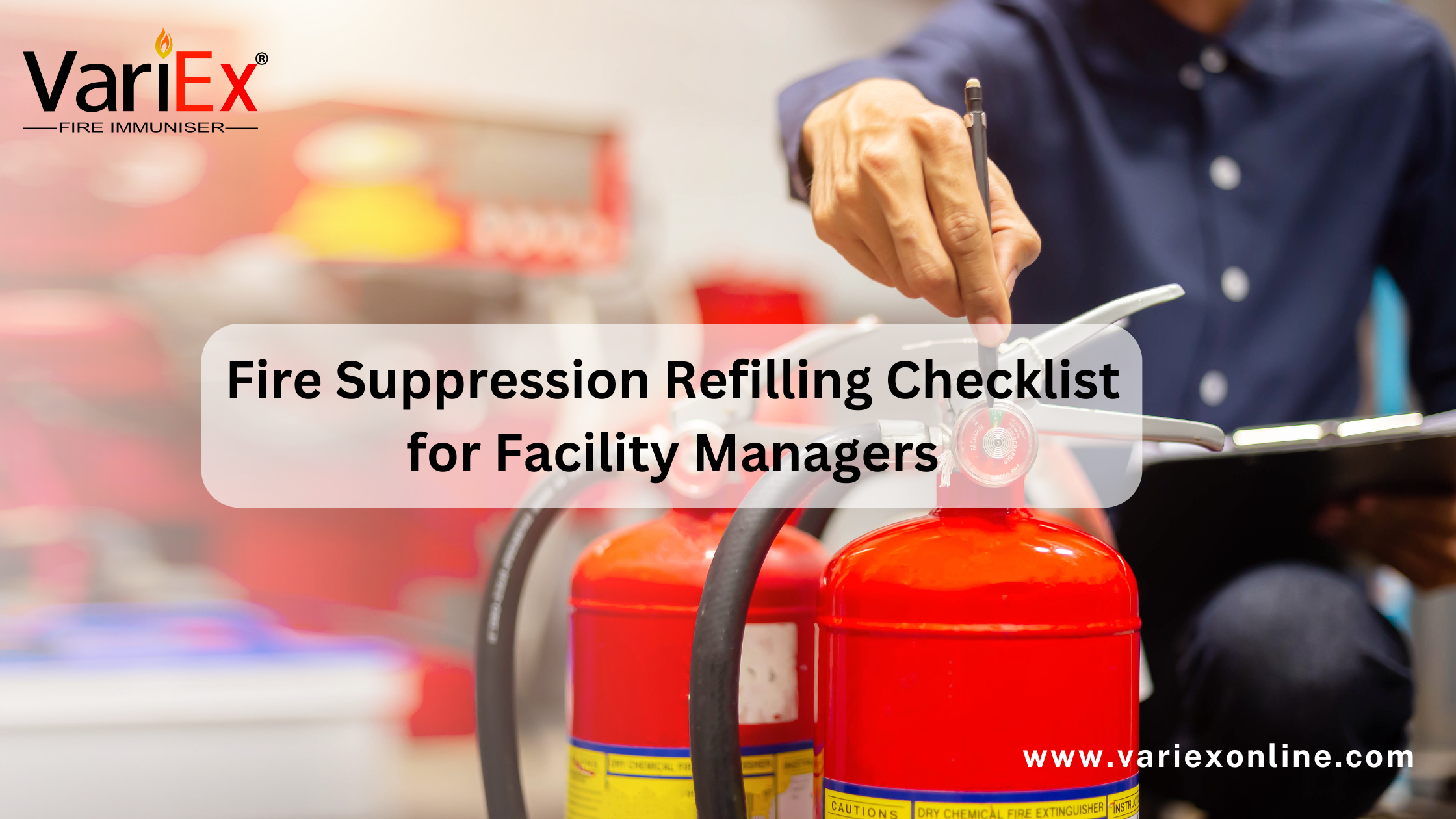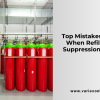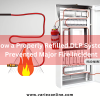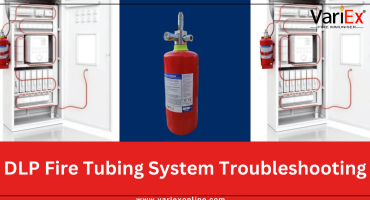![]()
Fire Immuniser
+91-7829629111
Email: info@variex.in
Varistor Technologies Pvt. Ltd.
Block-1, First Floor, Ardente Office One, Hoodi Circle, ITPL Main Road, Bengaluru, Karnataka 560048, IN
Fire Suppression Refilling Checklist for Facility Managers
Fire Suppression Refilling Checklist for Facility Managers
When managing a facility, few responsibilities are as critical as maintaining fire suppression systems. Regular inspection and timely refilling ensure that these life-saving systems are fully operational in case of emergency. Facility managers must adopt a detailed, compliant, and proactive approach to system refilling.
This article provides a comprehensive fire suppression refilling checklist designed specifically for facility managers, helping you stay compliant with NFPA standards, protect your assets, and maximize workplace safety.
Why Fire Suppression System Refilling Matters
Proper refilling ensures:
Immediate readiness in a fire emergency.
Compliance with local regulations and insurance policies.
Extended system life and minimized repair costs.
Protection of employees, equipment, and infrastructure.
Neglecting this task could lead to catastrophic losses — both human and financial.
Complete Fire Suppression Refilling Checklist
Here’s a structured checklist for facility managers overseeing fire suppression refilling:
| Step | Task | Purpose | Frequency |
|---|---|---|---|
| 1 | Confirm Discharge Status | Determine if refilling is needed post-discharge | After Every Event |
| 2 | Verify Agent Type | Ensure correct refill agent is selected | Every Service |
| 3 | Inspect Storage Containers | Check for corrosion, damage, or leaks | Semi-Annually |
| 4 | Measure Pressure & Agent Levels | Confirm operational readiness | Semi-Annually |
| 5 | Check System Integrity | Inspect piping, nozzles, detectors | Annually |
| 6 | Perform Leak Test | Ensure no agent loss | After Refill |
| 7 | Refill According to Manufacturer & NFPA Guidelines | Maintain compliance | As Needed |
| 8 | Update System Tags & Records | Keep logs for audits | After Service |
| 9 | Re-Calibrate Detection Systems | Ensure accurate fire detection | After Major Service |
| 10 | Schedule Next Maintenance | Keep future inspections on track | Immediately After Service |
1. Confirm Discharge Status
Before anything else, verify if the system has discharged — either during an incident or accidentally. Immediate refilling is mandatory after any release.
2. Verify Suppression Agent Type
Different systems require specific suppression agents like CO₂, FM-200, clean agents, or wet chemicals. Always:
Cross-check with system specifications.
Verify agent compatibility.
3. Inspect Storage Containers and Cylinders
Corroded, rusted, or dented cylinders can compromise safety. Look for:
Visible rust
Structural damage
Valve integrity
Replace any faulty containers before refilling.
4. Measure Pressure and Agent Levels
Facility managers should ensure:
Gauges are in the correct pressure range.
Agents have not degraded or evaporated over time.
Use calibrated pressure gauges for accurate readings.
5. Check System Integrity
Inspect every component linked to the fire suppression system, including:
Nozzles
Pipes
Manual actuation devices
Blocked nozzles or damaged detectors must be addressed before a refill.
6. Perform a Leak Test Post-Refilling
Always conduct a leak test immediately after refilling. Hidden leaks:
Deplete the agent over time.
Render the system ineffective during emergencies.
Use hydrostatic testing or specialized leak detection methods.
7. Refill According to Manufacturer and NFPA Standards
Fire suppression refilling must follow:
The manufacturer's operational guidelines.
The NFPA 12, 17, 2001 standards (depending on system type).
Improper filling techniques may void warranties and insurance coverage.
8. Update Tags, Labels, and Maintenance Records
After every refill:
Attach a new service tag with the refill date.
Record agent type, quantity, technician details, and next due date.
Accurate documentation is crucial for passing fire safety inspections.
9. Re-Calibrate and Test Detection Systems
Suppression systems often link to:
Smoke detectors
Heat sensors
Alarm panels
Post-refilling, ensure these are re-tested and recalibrated to respond appropriately during a fire event.
10. Schedule the Next Maintenance Visit
Finally, schedule:
Semi-annual inspections
Annual maintenance
Five-year hydrostatic testing
Using automated reminders can help facility managers stay ahead of regulatory requirements.
Quick Fire Suppression Refilling Checklist Summary Table
| Task | Notes |
|---|---|
| Verify Discharge | After any fire event |
| Confirm Agent Type | Match system specs |
| Inspect Cylinders | Look for corrosion or damage |
| Check Pressure & Levels | Use calibrated tools |
| Inspect System Integrity | Nozzles, pipes, sensors |
| Conduct Leak Test | After refilling |
| Follow NFPA Standards | Ensure compliance |
| Update Records | Service date and details |
| Re-Calibrate Detection | Alarms and sensors |
| Plan Next Maintenance | Future scheduling |
Common Mistakes Facility Managers Should Avoid
Refilling without verifying the agent type.
Hiring uncertified technicians.
Skipping pressure tests.
Forgetting to update maintenance logs.
Ignoring detection system recalibration.
By avoiding these pitfalls, facility managers can safeguard their buildings and occupants more effectively.
Conclusion
Managing fire suppression refilling is not just about following a task list — it's about ensuring your facility remains a safe, compliant, and secure environment. Using this detailed checklist helps facility managers stay proactive, ensuring systems are always ready when needed most.
Don’t wait for a fire emergency to reveal system faults. Stay ahead with a comprehensive fire suppression refilling strategy.
Frequently Asked Questions
Most systems require semi-annual inspections and annual detailed checks to comply with NFPA standards.
The system remains non-functional, risking property loss, legal fines, and failed inspections.
No. Only certified and licensed fire protection professionals should handle refilling.
Service tags, refill date, agent type, technician name, and next inspection date should be updated.
Pressure gauge readings and periodic leak tests can help detect slow agent leaks early.
Final Say
At VariEx.in and VariexOnline.com, we specialize in supplying and installing top-quality fire fighting systems and equipment. From fire extinguishers to advanced suppression systems, we offer comprehensive solutions tailored to your needs. Our experienced team ensures precise installation and maintenance for optimal safety.
Trust VariEx for reliable fire protection. Contact us online or call 7829629111 to learn more.
We specialize in manufacturing, supplying, and distributing a comprehensive range of fire fighting equipment, including state-of-the-art fire extinguishers. Read our most searched blogs and find interesting information on topics such as how to use a fire extinguisher, how to calculate fire fighting water tank capacity, fire extinguisher refilling, obtaining a Fire NOC, understanding fire fighting systems, types of fire protection systems, the fire hydrant system, and the fire sprinkler system. These resources provide essential knowledge for ensuring safety and compliance with fire safety regulations. Additionally, you can explore guides on the maintenance of fire protection equipment, the latest advancements in fire safety technology, and best practices for fire risk assessment and management.
Our expertise extends to fire alarm systems, fire hydrant systems, and fire suppression systems, including fire sprinklers. Each product meets rigorous international standards for reliability and performance, ensuring effective fire safety products tailored to diverse applications and industries. Additionally, we are providing Fire Extinguisher Refilling and AMC services to ensure ongoing maintenance and operational readiness of fire safety equipment.
"WHAT YOU CAN READ NEXT"
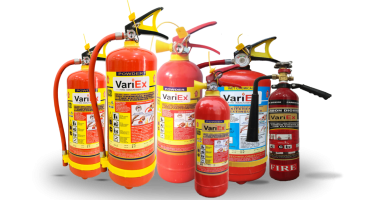 Read more +24 November 2023 in Fire Extinguisher
Read more +24 November 2023 in Fire ExtinguisherWhat types of fire extinguishers are available for different fire classes?
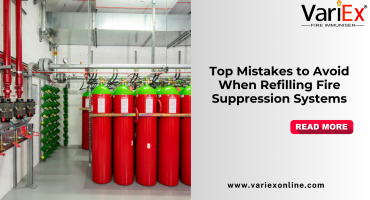 Read more +25 April 2025 in Fire Suppression
Read more +25 April 2025 in Fire SuppressionTop Mistakes to Avoid When Refilling Fire Suppression Systems
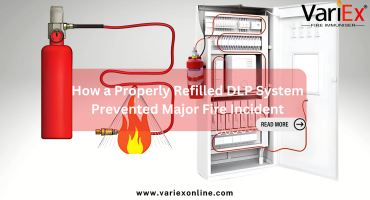 Read more +24 April 2025 in Fire Suppression
Read more +24 April 2025 in Fire Suppression

